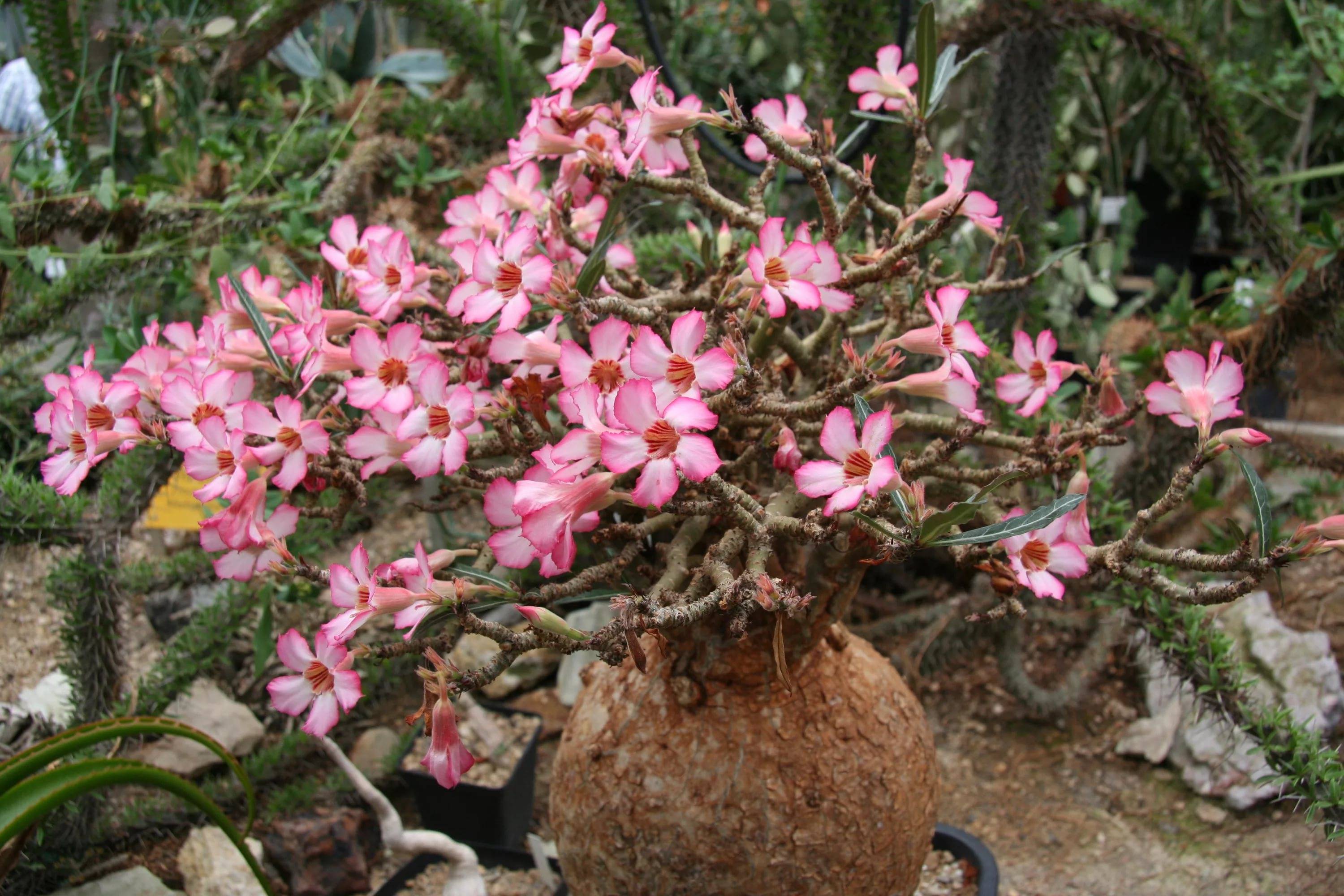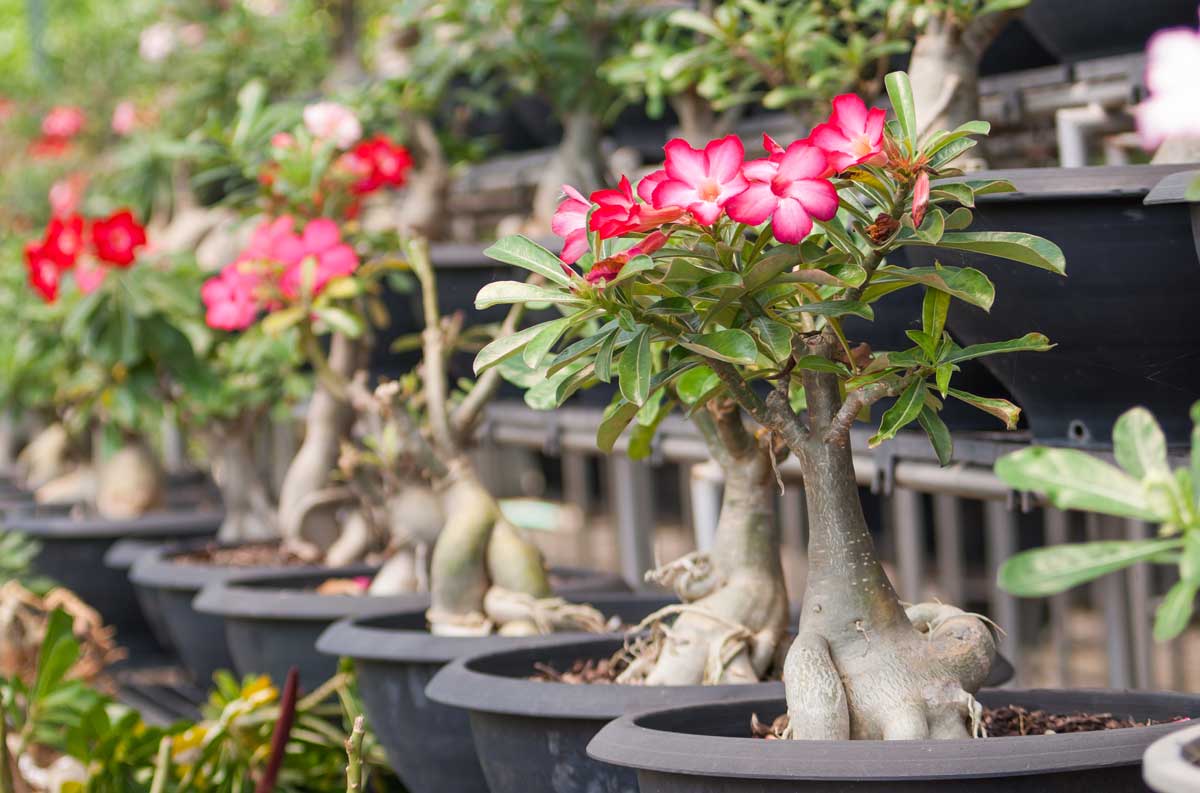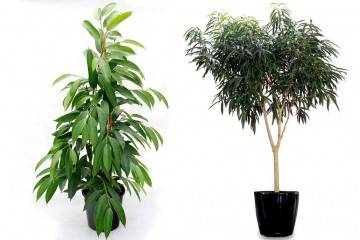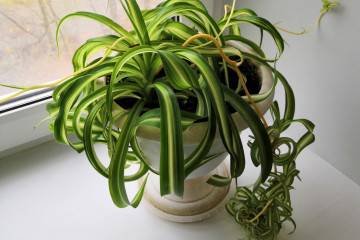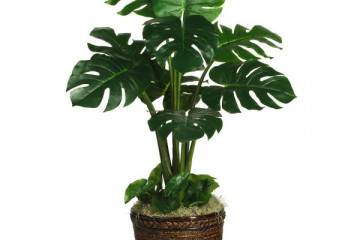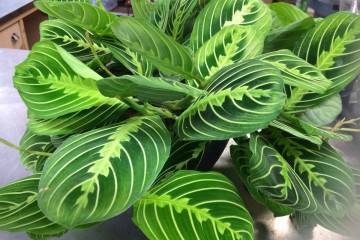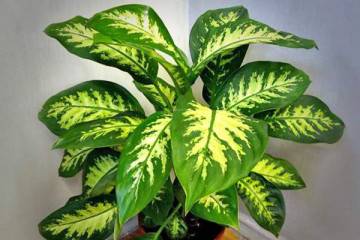Adenium flower - home care
Content:
Adenium is a woody or shrub type of succulents, a perennial. This ornamental plant, with proper care, can be a decoration for any garden. Adenium flowers are large in size, stand out well against the background of almost bare branches. Below is a detailed description of how to care for adeniums, the methods of their reproduction, why it is better to propagate by cuttings, the medicinal and other properties of this plant.
What does adenium look like
Adenium, which does not take long at home, distinguishes itself from other ornamental plants with a branched stem with small lanceolate leathery leaves and bright red, pink, white or red-black flowers. The succulent belongs to the Kutrov family. Wild plants are quite tall, but indoor plants fit well in a medium-sized pot, have a fleshy dark brown or pink with a purple tint of the trunk and are quite compact.
Flowers are concentrated in the upper part of the trunk, there are few or no leaves. In some plant species, the roots protrude from the pot, intertwining with each other. There are both treelike and bush adeniums.
Common varieties
About 10 species of adenium are grown in the world, differing from each other in appearance and in terms of the way of caring for them. Moreover, most of the plants grow only in the wild. The following varieties are best known among gardeners:
- adenium Crispum. This is a subspecies of Somali adenium, which is a tree-like plant. The roots grow from the bottom of the trunk, and a kind of onion forms above the surface of the pot. An adult plant reaches 30 cm in height, but this takes at least 5 years. In artificially created conditions, this type of adenium grows slowly. The flowers are white with pink blotches or bright red, the edges of the petals are bent down. The first flowering is expected 2 years after planting when the plant reaches a height of 15 cm. Propagated by seeds. Leaves are dark green, dull, elongated, narrow, wavy edges;
- adenium is multiflorous. A shrub plant with many thin shoots extending from the main trunk and large flowers (5-7 cm in diameter). Blooms in winter. The petals are dark crimson at the edges and white in the central part. The leaves are green, small, narrow with well-visible veins, like flowers, concentrated at the top;
- obese adenium. This plant species has a thickened trunk, the width of which can reach 1 m. Most of the trunk is bare, branches appear only closer to the top. Thin branches are covered with leathery gray-green leaves up to 10 cm in length. The height of an adult plant is 1.5 m. Flowering occurs in summer. Flowers of medium size (4-6 cm in diameter), collected in small inflorescences;
- adenium arabic. A tree-like plant that reaches a height of 4 m under favorable conditions (if the conditions do not meet the requirements, then not a tree grows, but a small bush).It is distinguished from other species by large leaves (20 cm or more in length and 12 cm in width). The trunk is thick, most of it is underground, so it seems that the branching begins almost at the roots. Blooms in spring. The flowers are pink, large.
Briefly about the history of appearance
Wild plant species are found in the southern part of the Arabian Peninsula, in Central and South Africa. The merit of the discovery of a new species belongs to D. Romero and D. Schultz, who met and described the adenium flower in the territory of Yemen, formerly called Aden, which served as the basis for the name of the plant.
Features of caring for a plant at home
Under natural conditions, adeniums grow by 2.5 m or more in width and 5 m in height. It is almost impossible for them to create the necessary conditions in the house, so they do not reach such sizes. Mainly dwarf varieties are grown.
Temperature
Shrubs prefer high temperature and humidity. If the summer is hot, then plant pots must be placed in the garden. A temperature of 30-35 ° C is optimal for growing plants. If it is higher or significantly lower (23-25 ° C), the growth of the bush slows down. In winter and at night, the temperature in the room where the adenium flowers are located should not fall below 6 ° C. At a temperature of 17-20 ° C, a state of rest occurs.
Lighting
Plants prefer bright direct light; they do not need to be shaded even in extreme heat. Adenium pots are placed on the south, east and west windows.
Watering
To grow adenium, tropical conditions are created for him, watering abundantly in the warm season. Young plants are watered up to 10 times a month. The water should be settled and warm. In winter, the amount of watering is reduced to 1 time per month. Watering is carried out after the topsoil has dried. The smaller the pot, the faster it happens.
Spraying
A generous sprinkling in the form of a warm shower will only be beneficial. Spray in the morning every day or every other day.
Humidity
Adeniums love when the humidity is higher than usual. Containers with water are placed in the room, the plants are regularly sprayed. To prevent the roots from rotting from frequent watering, the soil of the pot is well drained when planting.
Priming
Adenium feels best in soil, which is a mixture of:
- sand;
- sod soil;
- land from the forest.
Broken brick or charcoal is used as drainage. The soil should be loose, neutral or slightly acidic. To make it light, use peat and inert baking powder.
Top dressing
They are fed with organic and mineral fertilizers. They are introduced into the soil in liquid form once every 10 days.
Features of winter care
In the fall, the pot with adenium is removed to the northern windowsill, the temperature in the room is lowered to 17-18 ° C, allowing the tree to hibernate. At this time, it can shed leaves. They look after a cactus or any other succulent. During the dormant period, the plant does not need feeding and frequent watering. It is impossible to transplant, prune or try to propagate it at this time.
When and how it blooms
Adeniums are flowering plants. Both bushes and trees bloom. The color of the buds is different, but most often there are pink, red shades. For pollination to occur, it is not necessary to plant flowering plants nearby.
Flower shapes
The buds have 5 petals, the shape of which depends on the variety. Most often, flower petals are elongated, but there are types with oval or semi-oval petals (for example, adenium Boekhmianum). The petals are curled or slightly bent towards the bottom. The edges of the buds in some hybrid varieties are wavy.
Flowering period
Blooms in spring or winter. The flowering time depends on the conditions. With a sharp drop in temperature, flowering may stop. The age at which a plant begins to bloom is related to its appearance and which flower served as a pollinator.
Changes in care during flowering
A flowering bush is looked after in the same way as for one that has not formed buds. If the plant decides to bloom, then it has enough light and moisture. The only thing that should be done is to increase the frequency of watering, for example, watering not 10 times a month, but 11. If there is a lack of moisture, the buds will fade.
Pruning
After hibernation, the plants are pruned. At this time, they begin to actively develop, new branches are being formed. Pruning makes future blooms more lush. After pruning, up to 4-6 new buds appear on each branch. The trunk is cut to a length of up to 8 cm. At the same time, it is taken into account that the wider it is, the more it needs to be cut. Removing excess branches helps rejuvenate the tree.
How adenium multiplies
The plant is propagated by seeds, grafting, air layers or apical cuttings.
Germinating seeds
The seeds are sown in the soil in February or early March. Suitable for planting seed material collected after the spring flowering last year. It must be fresh, as the seed germination is quickly lost. The seed pot is placed in a humid room with an air temperature of up to 35 ° C.
The first shoots appear by the end of the 7th day of germination. As soon as this happens, the pot is placed under a phytolamp, the air temperature is reduced to 18 ° C, the room is often ventilated, but no drafts are allowed. After the appearance of 3-4 leaves on the trunk, the adeniums are seated in different pots.
Rooting cuttings
To obtain new plants, cuttings are used. Cuttings are obtained in spring and summer. The disadvantage of propagation of adenium by cuttings is the high probability of death of the planting material, the cuttings often rot, and to prevent this from happening, the moisture content has to be constantly adjusted.
The cutting intended for planting is cut into 10 cm long pieces each. The cut site is treated with charcoal, allowed to dry. Fine-grained expanded clay and sand are suitable for rooting. The room temperature is maintained at 25-30 ° C with sufficient light. The first roots appear after 1 month. Adenium transplant is carried out in 1-2 weeks.
Air layering
In spring, adenium can be propagated by air layers. For this, a circular incision is made on the trunk with a diameter of 2 cm. It is dried, wrapped in sphagnum moss and polymer film, and this place is fixed with a rope or thin wire. From time to time, the incision site is sprayed. The roots should appear after 1 month. As soon as this happens, the shoot is transplanted into the soil for succulents.
Transfer
Transplanted in the spring: young bushes every year, and adults 1 time in 2-3 years. The new pot should be 1-2 cm larger than the previous one, since adenium blooms only after filling the entire space provided to it with roots. After transplanting, they are not watered immediately, allowing the roots to dry out a little.
Lay at the bottom of the pot:
- expanded clay;
- crushed brick;
- sand.
All this is covered with a layer of fertile soil, placed in the center of the adenium and carefully sprinkled with earth. Proceed with caution, as the roots are fragile and easily damaged.
Possible growing problems and diseases
Adenium is not a capricious plant at all. It is as easy to care for as a regular cactus. But even such unpretentious plants, with untimely watering or improper planting, get sick, shed their leaves and buds.
Drops buds and leaves
If the adenium has dropped leaves and buds, it means that it lacks moisture. Root decay during overflow is considered to be another cause of foliage dumping. Natural fall of foliage is observed with the onset of cold weather.
Leaves turn pale
The fading of the leaves is a consequence of the infection of the plant with the root worm. It feeds on adenium juice, the care of which seems so simple to the owner at home that he does not carry out regular spring and summer treatment of the plant with insecticides, not knowing how much the plant needs it. Due to the forced feeding of the worm, the tree does not have enough vitality. The leaves begin to turn yellow, turn pale, sometimes fall off.
The tips of the leaves dry
If the tips of the leaves dry out, the plant is most likely attacked by a spider mite. He settles in the axils of the leaves, entangles them with cobwebs, feeds on juices.
The lower leaves fall
Excessive moisture, viruses or pests cause the lower leaves to fall off. If an external examination did not give results, the plant is removed from the pot, the roots are washed with a solution of potassium permanganate and planted in a new soil.
Pests
Adeniums often affect:
- aphid;
- mealybug;
- spider mite;
- root worm;
- thrips.
At the same time, pests from the tropics do not follow plants into a temperate climate, therefore, they will have to fight exclusively with already familiar parasitic forms.
Other problems
Dangerous to plants and viruses. Infection occurs through vaccination or with the participation of ticks. Viruses do not kill, but the diseased plant loses its decorative properties (sheds leaves, stops blooming). The shape and size of its individual parts are distorted. The only way to get rid of the virus is to destroy the diseased plant.
Adenium is a perennial shrub or tree grown for ornamental purposes. It is a succulent plant, so it is even easier to care for it than a regular cactus. With sufficient air humidity and high temperatures, the tree blooms profusely, reaching a height of 1.5 m under artificial conditions.



